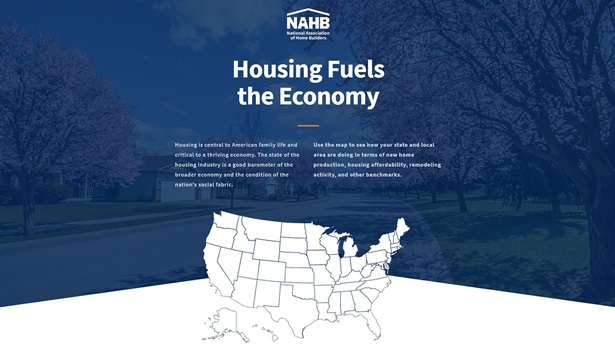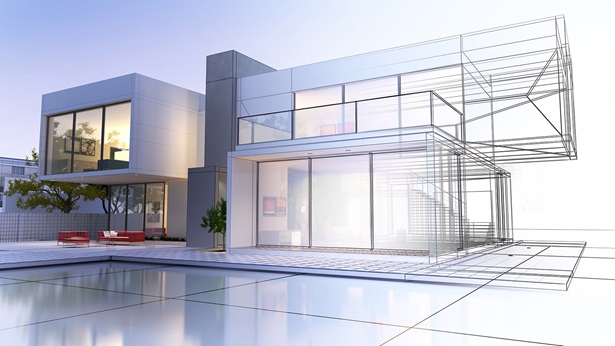Timber Frame Home Benefits
Timber framing traces its beginnings to somewhere between 500 and 100 B.C. Both Egyptians and Romans used timbers to construct the roof systems of public and private buildings. But it’s not only the tradition that’s strong: these structures are built to last. There are countless examples of timber frame houses, churches and other buildings around the world that still standing hundreds of years later.
What is a Timber Frame Home?
Timber frame homes are built from large wood posts and beams that form the structural support of the home and require no interior load-bearing walls. The timbers are joined by connecting a mortise (hole) on the end of one timber with a corresponding tenon (tongue) that fits precisely and tightly. Mortise-and-tenon joinery can be cut to accommodate varying angles, complexities and design of a timber frame.
In true timber framing, the joints are secured with wooden pegs — no metal fasteners are used at all — whereas metal fasteners and nails are used in post-and-beam construction. In either method, once the timbers are erected, the walls, often structural insulated panels or SIPs, are put into place, enclosing the home on the outside but leaving the beauty of the timber framing exposed on the interior. The wall panels can be finished with any type of exterior material, including logs, siding, stone and brick.
There are two main ways that today’s timbers are prepared. Milled timbers, those created by machine, will be uniform in appearance and tend to be a little less expensive. The other option is hand-hewn timbers, which vary slightly in size and have a more uneven texture but give a home a more traditional look.
Types of Timber Frame Homes
Many tree species can be used to fabricate the timbers, but among the most common are Eastern white pine, Western red cedar, Douglas fir and hemlock. Each wood has its own unique properties — color, grain pattern, thermal performance, size (diameter and length) and resistance to decay — all of which are important considerations when choosing a timber.
Support elements add a special look to every timber frame home. Available trusses offer a large variety of styles that may be used as design elements. The most common trusses are king post, queen post, scissor, hammer beam and barrel.
Eco-Friendly
Timber frame construction earns points by certifying to the ICC 700 National Green Building Standard for the many ways it saves energy and protects the environment. It uses a green building material: trees are a renewable resource. When one is harvested a sapling can replace it.
Waste is kept at a minimum during the milling process, as manufacturers use all portions of the timber. What isn’t used in the construction of the home is often made into mulch or wood scraps that become the raw material used in carvings and other home products. Additionally, timber frame building materials typically are delivered at one time. This method reduces fuel costs and carbon emissions compared to traditional site building.
Pre-cut timber frame packages go up quickly and not only leave less waste on the job site than conventional construction, the staging area is greatly reduced, which minimizes landscape disturbance. Timber framing uses up to 30% less wood than construction of a conventional home of the same size.
Energy Efficient
Because a timber frame leaves open many options as to what materials to use to enclose the wood, many people take the opportunity to add strong insulation. The fastest-growing insulation choices are structural insulated panels (SIPs) and insulated concrete forms (ICFs), which help timber homes to be extremely energy efficient. Also, many timber frame homes are built with large windows, allowing natural light to flow in, which can save on electric bills.
Durability
Heavy timber frames have a higher fire tolerance than stick-framed houses because the low thermal conductivity and charring that occurs on the outside of the timber insulates the unburned wood beneath.
Timber frames can absorb the impact and flex of seismic conditions up to Uniform Building Code (UBC) Zone 4. Zone 4 designates those regions located nearest to active earthquake faults and poses the greatest seismic hazard in the U.S.
Additionally, the winds from hurricanes and tornados that often destroy homes do not affect timber frames nearly as much. The joinery used to hold the timbers together moves with a storm and gives the structure some flexibility when it is rocked, thereby keeping the home secure and together.
Free E-Brochures
Access more information about timber frame homes. Once you have completed the form, you will have access to our library of downloadable e-brochures in PDF format. The BSC staff and our membership will send additional information to you in the future about the systems of interest to you.



